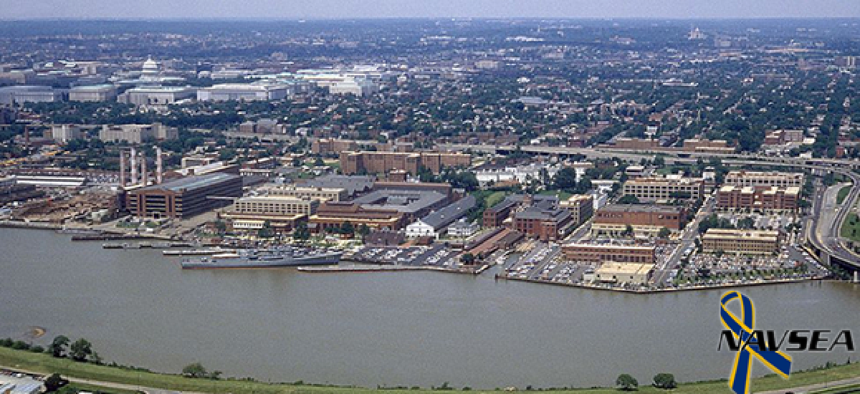An IT office, thrust into the line of fire


Connecting state and local government leaders
The Naval Sea Systems Command’s Information Office, which manages NAVSEA’s IT workforce, was charged with picking up the pieces after a tragedy struck the Navy Yard one year ago.
When people join the military, or even work for it as a contractor, they must sometimes expect to go to war and into harm’s way. What they don’t expect is for harm to come to them in a Washington, D.C., headquarters office.
On Sept. 16, 2013, at 8.13 a.m., Aaron Alexis, a civilian contractor who had been working temporarily at the Naval Sea Systems Command (NAVSEA) headquarters at the Washington Navy Yard in southeast Washington, D.C., stepped into a hallway and started shooting. Just over an hour later, he had killed 12 people and wounded several more.
In the wake of the tragedy, Navy leaders decided to relocate NAVSEA headquarters to a property that the Coast Guard was vacating. The goal was to get all 2,500 employees at NAVSEA West, as the new facility would be called, up and running online by Dec. 20. NAVSEA Command Information Office (SEA 001), which was tasked with doing that, itself lost five people in the shooting.
By the end of that process, given the shock and grief people endured while they worked to a pressured deadline, NAVSEA knew they at least had a continuity of operations (COOP) plan that in similar circumstances would work.
But it wasn’t easy getting to that. There was a difficult balance that had to be struck between sensitivity to the way people were feeling, speed and security, said Greg Dasher, deputy command information officer at NAVSEA headquarters. The shooting happened right outside his door.
“So we were down the five people who died, and there were others who simply refused to come back for weeks afterwards,” he said. “But the work had to be done, so it was a matter of finding the medium between that and trying to not think too much about what had just transpired.”
There were numerous hurdles, which had to be handled more or less on the fly. Employees scrambled out of Building 197 headquarters leaving their computers, phones and other devices behind. Dasher’s team had to quickly get those employees, temporarily scattered among 10 different buildings, new devices so they could somehow keep working, and eventually get them back their old desktops.
But buying all new systems for the new headquarters would have been expensive and time-consuming to configure. Instead, a remote point-to-point link was established with the networks and systems back at the Navy Yard, which provided access to data stored on those servers along with phone, voicemail, scanning and other services.
Another major problem was the building NAVSEA was moving in to. The Coast Guard was about 90 percent moved out and taking a lot of its equipment with them, but what and when wasn’t clear. So Dasher and his people had to be patient, while hustling to work out what they themselves needed.
It quickly became clear that the entire building would have to be rewired. It was cabled for just 1,700 people, requiring the SEA 001 team to pull nearly 185 miles of cabling in less than half the six months it would normally have taken.
Also, each network drop needed two ports because the Navy Marine Corps Intranet (NMCI) provides the network services, and the Navy owns the voice-over-IP system NAVSEA uses. The move was eventually completed in phases, floor-by-floor.
At the same, with everything else they were doing, the SEA 001 team had to work with multiple contractors to make sure it all complied with strict Defense Department security requirements. As Dasher said, “you couldn’t just go to Verizon” for all of the services.
What they ended up doing was nothing like the COOP plan that existed at the time, which Dasher said had nevertheless passed all of the eyeball tests and tabletop exercises. “I can honestly tell you that we have a [good] COOP plan now,” he said.




